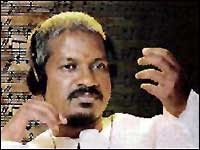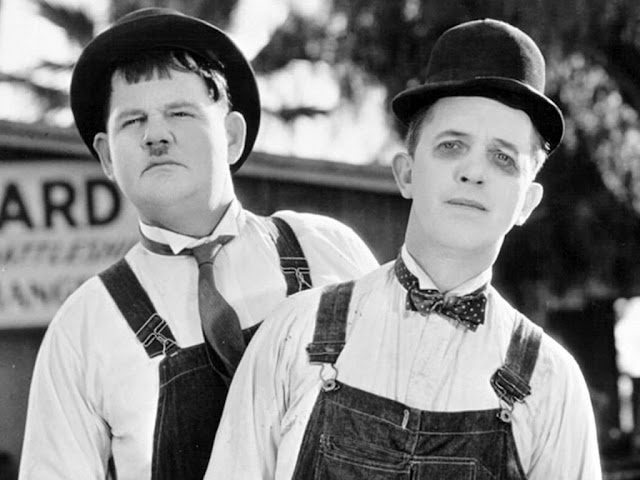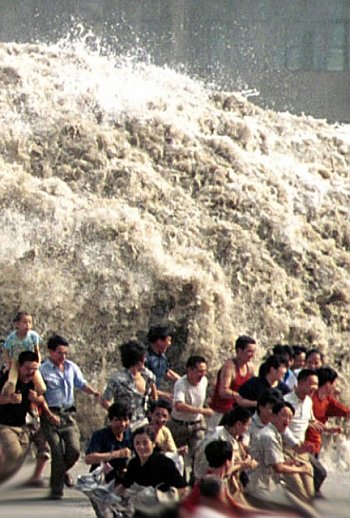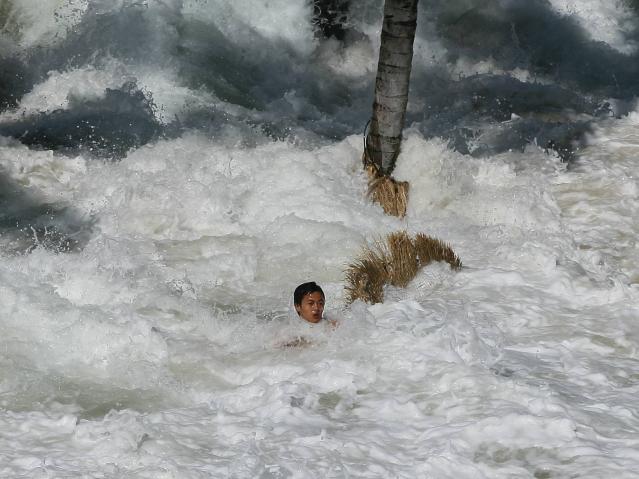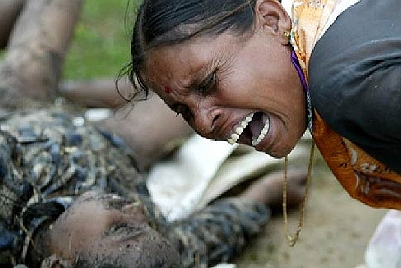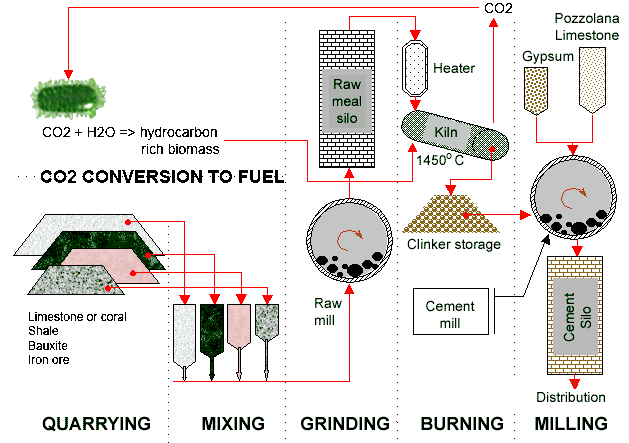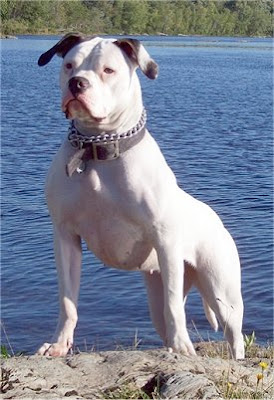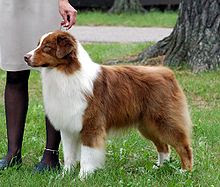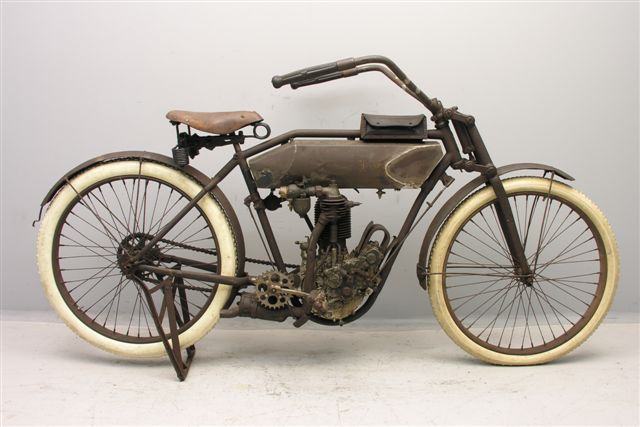Born On: June 2, 1943
Born In: Theni district, Tamil Nadu
Nationality: Indian
Career: Music Director
Ilayaraja is a veteran music director of South Indian film industry. The music maestro has composed over 4000 songs and worked in over 800 films, in a career spanning over three decades. He is accredited with setting a trend for film music in South India, by introducing Western musical nuances into songs. Apart from Tamil, he has also worked in Malayalam, Telugu, Kannada and Hindi films as a music director. The musician has been awarded the title of Isaignani ('savant of music').
Childhood
Ilaiyaraaja was born on June 2, 1943 in a poor family living in a small village “Pannaipuram”, located in Theni district of Tamil Nadu, India. He was originally named Gnanadesikan by his father Ramaswamy and mother Chinnathayammal. Ilaiyaraaja spent his childhood in the rural area of Pannaipuram, which sowed the seeds of music in him. He was well acquainted with the range of Tamil folk music prevalent in the place.
Early Life
At the age of 14, Ilaiyaraaja joined the musical troupe owned by his elder step-brother, Pavalar Varadarajan, and was associated with it for the next ten years. Ilayaraja composed his first song - an elegy written by veteran Tamil poet Kannadasan - when he was still working with the troupe. In 1968, Ilayaraja collaborated with Professor Dhanraj to start a music course in Madras. The course concentrated at the overview of Western classical music, study of techniques related to composition of music and instrumental performance. After specializing in classical guitar, Ilayaraja went on to pursue a course in the same, at the Trinity College of Music, London.
As An Instrumentalist
Ilayaraja worked with a band-for-hire in Chennai, as a guitarist in the 1970s. Thereafter, he worked as a session guitarist, keyboardist and conducted the orchestra for renowned film music directors, including Salil Chowdhury. Later on, Ilayaraja worked as an assistant to Kannada music director G K Venkatesh, with whom he worked on around 200 films. While working with him, Ilayaraja penned his own music compositions as well. He listened to his own compositions by asking the session musicians to play excerpts from his scores. In the meantime, he also hired instruments from R K Shekhar (AR Rahman’s father), who later on joined the orchestra as its keyboardist.
As A Music Director
Ilayaraja made an entry into film music direction in 1976, by composing the songs and background score for the Tamil film “Annakkili”. His music reached wide across the Tamil audience. He used the technique of the modern film music orchestration to breathe life into the Tamil poetry written by the lyricists. Folk song melodies composed by Ilayaraja became a big hit amongst the music lovers soon. The songs of his films, including “Pathinaru Vayathinile” (1977), “Bhuvana Oru Kelvikkuri” (1977) and “Annai Oru Aalayam” (1979), were amongst the super hits during the initial years of his career as a music director.
During the mid 1980s, Ilaiyaraaja composed film songs that proved to be the evergreen hits of the period. The songs composed by Ilaiyaraaja in “Moondram Pirai” (1982), “Payanangal Mudivathillai” (1982), “Munthanai Mudichu” (1984), “Sagara Sangamam” (1983), “Nallavanukku Nallavan” (1984), “Muthal Mariyathai” (1985), “Padikkathavan” (1985), “Sindhu Bhairavi” (1986), “Mouna Ragam” (1986), “Punnagai Mannan” (1986), “Nayakan” (1987), “Apoorva Sahodarargal” (1989) and “Rudra Veenai” (1989) are still fresh in the minds of music lovers. Slowly, he started gaining repute amongst the topmost music composers of South Indian film industry.
The early 1990s fetched same accolade for Ilayaraja. Some of his best works in the 1990s include “Anjali” (1990), “Thalapathi” (1991), “Michael Madana Kamarajan” (1991), “Guna” (1992), “Thevar Magan” (1992), “Magalir Mattum” (1994), “Sirai Chaalai” (1996) and “Sethu” (1999). With the advent of the new millennium, although Ilayaraja reduced his countless number of movies in a year to a handful, the magic in his songs continued. Apart from showing his dexterity as a composer in Tamil films, Ilayaraja also composed the music for several Telugu, Malayalam, Kannada and a few Hindi films as well.
Personal Life
Ilayaraja is married to Jeeva and has two sons and a daughter. His sons, Karthik Raaja and Yuvan Shankar Raaja are regarded as two of the best music directors of the present generation. His daughter, Bhavathaarini, is a playback singer. Ilayaraja’s brother - Gangai Amaran - is a renowned director-lyricist and music composer.
Awards
National Film Award for Best Music Direction : “Saagara Sangamam” (1984), “Sindhu Bhairavi” (1986) and “Rudraveena” (1989)
Gold Remi Award for Best Music Score : “Vishwa Thulasi” (2005)
Kalaimamani Award from the Government of the State of Tamil Nadu, India
State Government Award from Government of Kerala in 1995
Madhya Pradesh State Award in 1998
NTR National Award in 2004
Filmography
Tamil
1976: Annakili , Athirshtam Azhaikkirathu , Badra Kali , Paalooti Valartha Kili , Uravaadum Nenjam
1977: Alukkoru Aasai, Avar Enakke Sontham, Bhuvana Oru Kelvikkuri, Dheepam, Dhurga Dhevi, Pathinaru Vayathinile, Thunaiyiruppaal Meenatchi
1978: Sigappu Rojakkal, Kaatrinile Varum Geetham, Kizhake Pogum Rail, Mullum Malarum, Tripura Sundari, Vaazha Ninaiththaal Vaazhalaam, Vattathukkul Chathuram
1979: Aarilirindhu Aruvathu Varai, Agal Vilakku, Annai Oru Aalayam, Chella Kili, Devathai, Nallathoru Kudumbam, Ponnu Oorukku Pudhusu, Poonthalir, Sakkalathi, Thai Illamal Naan Illai,
1980: Murattu Kaalai, Naan Potta Savaal, Nadhiye Thedi Vandha Kadal, Nizhalgal, Orey Muththam, Ponnagaram, Rishi Moolam, Rusi Kanda Poonai, Samanthi Poo, Ullasa Paravaigal
1981: Indru Poyi Naalai Vaa, Netri Kann, Panneer Pushpangal, Pennin Vazhkai, Raaja Paarvai, Rama Lakshman, Ranuva Veeran, Sollaathey Yaarum Keyttaal
1982: Moondram Pirai, Auto Raja, Azhagiya Kanney, Eera Vizhi Kaaviyangal, Engeyo Ketta Kural, Gopurangal Saayvathillai, Hitler Umanath, Ilanjodigal, Kalyana Kalam, Kathal Ovium, Kavitha Malar, Payanangal Mudivathillai, Pokkiri Raja, Ranga, Sakala Kala Vallavan,
1983: Aayiram Nilavae Vaa, Adutha Varisu, Andha Sila Naatkal, Ilamai Idho Idho, Ilamai Kaalangal, Thanga Magan, Thoongathey Tambi Thoongathey
1984: Anbulla Rajanikant, Irupatthi Naalu Mani Neram, Jappanil Kalyanaraman, Munthanai Mudichu, Nallavanukku Nallavan, Neengal Kettavai, Oru Kaidhiyin Diary, Vaidehi Kaathirundaal, Vazhkai, Vellai Pura Ondru
1985: Kaakki Sattai, Kanni Raasi, Meendum Paraasakthi, Muthal Mariyathai, Padikkathavan, Pagal Nilavu, Poove Poochudava, Pudhiya Theerppu, Raaja Gopuram, Sree Raaghavendra, Thanga Mama
1986: Kadolara Kavithaigal, Mela Thiranthathu Kadhavu, Mouna Ragam, Mudhal Vasantham, Murattu Karangal, Pudhir, Punnagai Mannan Saadhanai,
1987: Nayakan, Poovizhi Vasalile, Puyal Padam Pattu, Sirai Paravai, Theertha Karayinile, Ullam Kavarntha Kalvan, Vazha Vazharka Velaikkaaran, Vetri Vizha
1988: Rudra Veenai, Agni Nakshatram, Chinnabaabu, En Bommukutty Ammavukku, Enga Ooru Kaavakkaaran, En Jeevan Paaduthe, Guru Sisyan,
1989: Apoorva Sahodarargal, Ashoka Chakravarthy En Purushan Thaan Thendral Sudum, Thiruppu Munai, Vaadyaar Veettu Pillai, Varusham Padhinaaru
1990: Anjali, Edhir Katru, Engitte Modhathe, My Dear Marthandan, Nadigan, Nee Siriththaal Dheepaavalli, Nilapennay, Raja Kaiye Vacha, Sirayil Sila Raagangal, Thaalaattu Paadava,
1991: Thalapathi, Chinna Gounder, Chinna Thambi, Dharma Dorai, Idhayam, Irumbup Pookkal, Karpoora Mullai, Kumbakarai Thangaiah, Michael Madana Kamarajan, Thaalaattu Kekkuthamma, Thaayamma
1992: Agni Paarvai, Dharma Kshetram, Enrum Anbudan, Guna, Idu Namma Bhoomi, Innisai Mazhai, Ricksha Mama, Singaaravelan, Thevar Magan, Thirumathi Pazhanichami, Villu Paattu Karan
1993: Ejamaan, Mahanadi, Maharasan, Mamiyaar Veedu, Manikkuyil, Parvathi Ennai Paaradi, Walter Vetrivel
1994: Adhiradippadai, Allari Police, Amaidhi Padai, Honest Raj, Kanmani, Magalir Mattum, Sethupathi I.P.S,
1995: Makkal Aatchi, Nattupura Pattu, Oru Orle Oru Rajakumari, Paattu Paadava, Paattu Vaathiyaar, Periya Kudumbam, Sathi Leelavathi
1996: Sirai Chaalai, Katta Panchayathu Kuruthipunal, Poomani, Poovarasan, Vasantham
1997: Devathai, Kaadhalukku Mariyaadai, Kadavul, Thambi Durai, Thenmaangu Paattu Karan, Vasuki
1998: Anthahpuram, Deseeya Geetham, Dharma, Kaadhal Kavidai, Kumbakonam Gopalu, Senthooram Thalaimurai, Veera Thaalaattu
1999: Friends, Kummi Paattu, Manam Virumbuthey Unnai, Mugam, Nilavey Mugam Kaattu, Ponnu Veetukkaran, Sethu, Thodarum
2000: Hey Ram, Bharathi, Ilaiyavan, IPC 215, Kaadhal Rojave, Kaakai Chirakiniley, Kelviyin Nayagan, Puratchi
2001: Friends, Kutty
2002: Azhagi, En Mana Vaanil, Ramana, Solla Marantha Kathai
2003: Manasellaam, Julie Ganapathy, Pithamagan
2004: Vishwa Thulasi, Shiva Shankar, Virumandi, Kamaraj
2005: Athu Oru Kanaa Kaalam, Oru Naal Oru Kanavu, Mumbai Express, Twinkle Twinkle Little Star
2006: Azhagai Irukirai, Bayamai Irukiradhu, Shiva
2007: Sooryan
Malayalam
1977: Vyamoham
1978: Aaru Manikkoor,Achchanai
1980: Dhooramarigey, Manju Moodal Manju
1982: Alolam, Olangal
1983: Aa Rathri, Sandhyakku Virinja Poovu
1984: Janavari Onnu, Mangalam Nerunnu, My Dear Kuttichaathan
1985: Yathra
1986: Poomukhappadiyil Ninneyum Kathu, Aappirikaavil Appu
1988: Moonnam Pakkam
1989: Adharvam
1991: Anaswaram, Ente Sooryaputhrikku
1992: Pappayude Swantham Appoos, Kalikaalam
1996: Kala Pani
1997: Guru, Kaliyoonjal, Oru Yaatra Mozhi
1998: Anuragakottaram, Kallu Kondoru Pennu, Manjeeradhwani
2000: Kochu Kochu Santhoshangal
2002: Nizhalkkuthu
2003: Manassinakkare
2005: Achuvinte Amma, Ponmudipuzhayorathu
2006: Pachakuthira, Rasathanthram
2007: Vinodayathra
2008: Innathe Chinthavishayam
Telugu
1978: Vayasu Pilichindi
1979: Ammaa Evarigaina Amma, Pancha Bhoothalu, Urvasi Niney Naa
Priyasi, Yerra Gulabi
1980: Kotha Jeevithalu, Maayadhaari Krishnudu
1981: Amaavaasya Chandhrudu, Nee Nanna Gellare, Prema Pichchi, Seethakoka Chilaka
1982: Angadhudu, Nireekshana
1983: Abhilasha, Sagara Sangamam
1984: Jalsarayudu, Nuvva Nena, Takkaridonga, Veerabhadhrudu
1985: Oka Radha Iddaru Krishnulu, Anveshana, Darja Donga , Jalsa Bullodu, Monagadu Mosagadu, Preminchu Pelladu, Rahasya Hanthakudu,
Swathi Muthyam
1986: Raakshasudu, Kiraathakudu, Aalaapana, Manchi Manasulu, Sri
Shirdi Saibaba Mahathyam
1987: Sankeerthana, Sri Kanaka Mahalakshmi Recording Dance Troupe
1988: Aasthulu Anthasthulu, Abhinandana, Varasudochhadu
1989: Indrudu Chandrudu, Swathi Chinukulu
1990: Jagadeka Veerudu Attilokasundari, Kondaveeti Donga, Guru
Shishyulu
1991: Keechu Raallu, Sri Edukondala Swaami
1992: Ashwamedham, Chinna Rayudu, Marutode Naa Mogudu
1993: Amma Koduku
2007: Anumanaspadam
Kannada
1978: Maathu Thappadha Maga
1980: Janma Janmada Anubandha, Pasidi Moggalu
1981: Bhari Bharjari Bete, Garjanai
1983: Niyaaya Geththidhu
Hindi
1981: Do Dil Diwane
1983: Sadma
1985: Khooni, Mera Inteqam
1986: Jadu Nagari
1991: Coolie No. 1, Aadmi Aur Apsara
1996: Aur Ek Prem Kahani, Chhaila, Gulaabi, Saza-E-Kala Pani, Sabse Bada Mawali
2001: Lajja (Background Music)
2005: Divorce: Not Between Husband and Wife
2007: Cheeni Kum
2008: Mukhbiir
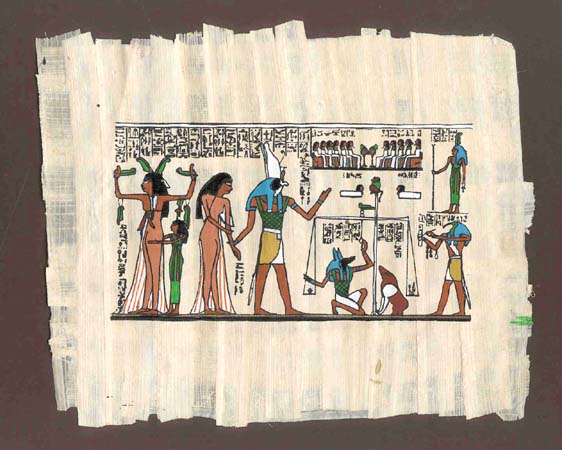








.jpg)
